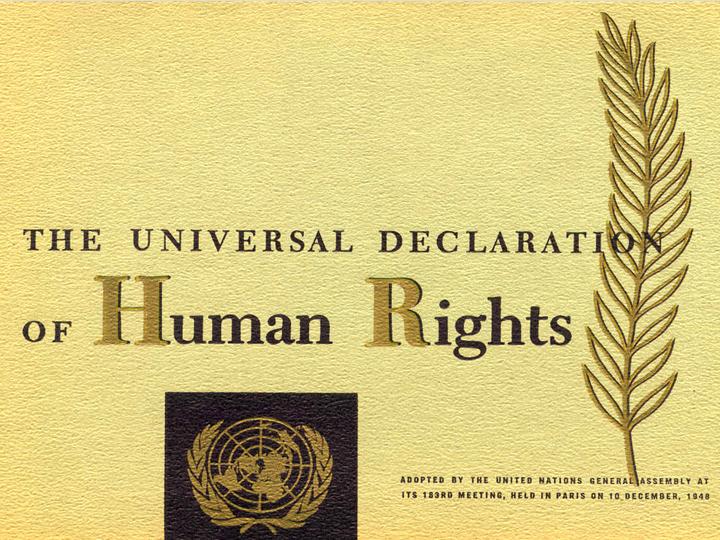
(This article is regarding one important sector of Human Rights: Children. This article is part of a series of articles written by me for TakingITGlobal.org with a focus on Child Labor)
It is estimated that 165 million children aged 5-14 are engaged in child labour worldwide. Millions of children are engaged in hazardous work environments like mines, working with petro-chemicals and pesticides. From Sub-Saharan Africa where around one in three children are engaged in child labour, representing 69 million children to South Asia, where 44 million are engaged in child labour because of poverty.
A study demonstrated the parallels between the historical pattern of the decline in child labor in the United States and situations today in developing countries. It is understood that the greater the extent of poverty in a country, the greater the amount of child labor, the relationship holding within a country over time as well as across countries at a given point in time. Though poverty may be a determinant of child labor, it cannot be examined in the absence of cultural and social factors, such as education, culture, and urbanization. Another Study points that child labor is deeply rooted in poverty and social customs. Thus, one reason for such high labor force participation is that working children are from impoverished families. There are several social and cultural explanations for widespread child labor in developing countries.
The effect of being sold into slave labor has the obvious physical scars from the constant beatings the children receive, their inhumane living conditions, and the practical starvation that the employers impose on them. However, the effects of slavery do not merely affect the physical well-being of the children. They also suffer from emotional scars. In addition to the risks that they face, there are also many negative side effects of exposing children to the excessive demands of adult labor. These side effects not only manifest themselves in the children’s health and growth, but also in their access to education. In fact, it is rare to find children who, over a prolonged period of time, manage to balance their studies with their daily chores. More than half of children laborers have never attended school, and those who have rarely finish the first cycle of elementary school. As researchers have noted, boycotting exports of goods produced by children may actually worsen the welfare and well-being of those children and their families, first by lowering their living standards and second by pushing children into dangerous work endeavors, such as begging and prostitution. This speaks of the need for a sustainable development plan to include the marginalized sections of the society to best tackle the growing numbers of child abuse.
If we can understand the dynamics of poverty, education, and child labor, we may be in a position to create more effective ways of eliminating child labor through education and economic development efforts. The problem of child labour, being inextricably linked with poverty and illiteracy, cannot be solved by legislation alone and a concerted effort to tackle this problem will bring in the desired sustainable growth.
 Hope.. for a moment of comfort, for a memory of love, for the human existence to last forever. Hope is that aspect of living which is the most vital element that often goes unnoticed. When is the last time that things happened to you, instead of you waiting for long to see them turn into reality?
Hope.. for a moment of comfort, for a memory of love, for the human existence to last forever. Hope is that aspect of living which is the most vital element that often goes unnoticed. When is the last time that things happened to you, instead of you waiting for long to see them turn into reality?

